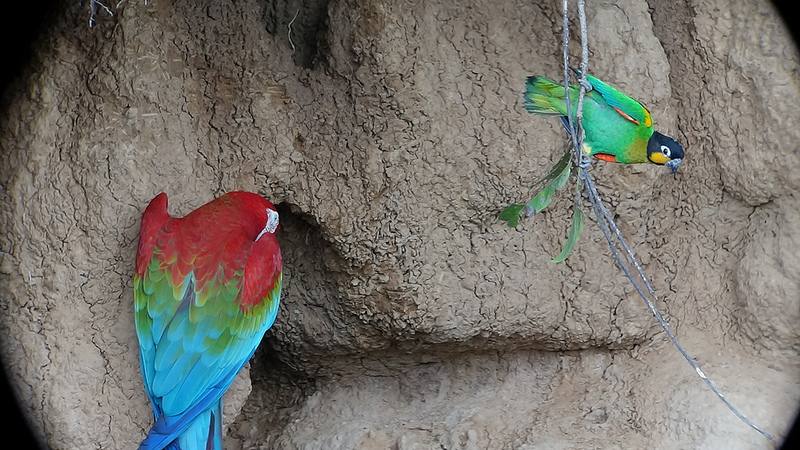Link #19: What Is the Largest Organism on Earth?

The fungus kingdom is one of the largest in terms of the number and types of species included in it. In fact, fungus is one of the most resilient organisms on Earth. It is extremely diverse and versatile. In our earlier post we explained how it is possible for fungus to grow even on human skin.
If this is not enough, there are other facts that will clearly show you how dominant fungus is amongst all other types of organisms. For example, did you know that the largest organism in the world is a fungus?
The Largest Organism on Earth Is Not the Blue Whale!

Most people think that the largest organism on the planet is the blue whale. This was true, right up until scientists and researchers found a new challenger. They found a special type of fungus growing unhindered over a huge area in Oregon, in the United States of America.
The new largest organism was discovered by scientists when they were trying to map the fungus in the Blue Mountains of eastern Oregon. They took samples from different regions and tried to test whether they were related. They found that they were indeed related, which is how the largest organism on Earth was discovered.
How Big Is the Fungus in Oregon’s Blue Mountains?
The scientific name of this fungus is Armillaria ostoyae. It is grouped in the category of honey fungus. This particular giant honey fungus covers an area of 2384 acres (about 10 square kilometers).
While it may be very difficult to estimate the actual age of this organism, according to some scientists it is about 2400 years old. The age of this fungus is estimated by analyzing its growth rate.
However, because of the difficulty involved with estimating its age, it is also possible that this organism could actually be four times as old as the initial estimate, meaning it could be 8650 years old! If it truly is 8650 years old, then it absolutely one of the oldest living organisms on Earth.
How Does This Honey Fungus Grow?

If you visit this giant honey fungus you won’t see very much, except clusters of honey-colored mushrooms all over the forest. The reason for this is that the majority of the organism grows in the soil and on the roots of large conifer trees.
This fungus uses extremely fine filaments, known as hyphae, that allow it to grow along the tree roots, and the honey-colored mushrooms you see above ground are essentially fungus fruits!
The most interesting aspect of this giant honey fungus is that it can also extend branches to other roots of trees. These branches are flat, look like shoestrings, and are called rhizomorphs. The rhizomorphs are the main reason why this particular honey fungus has been able to grow over such a large region.
Other reasons for the existence of this huge fungus are a combination of favourable climate over an extended period of time and a particularly good set of genes.
Can you Guess the Next Link in the Chain?
What will be the next link in our Chain of Facts? Think you might know? Scroll down to add a comment below with your best guess.
You can view the full list of links in the chain here.
Sources:
http://www.scientificamerican.com/article/strange-but-true-largest-organism-is-fungus/
http://www.huffingtonpost.com/dr-gregory-m-mueller-phd/five-facts-about-fungi-the-unsung-heroes_b_5790438.html









